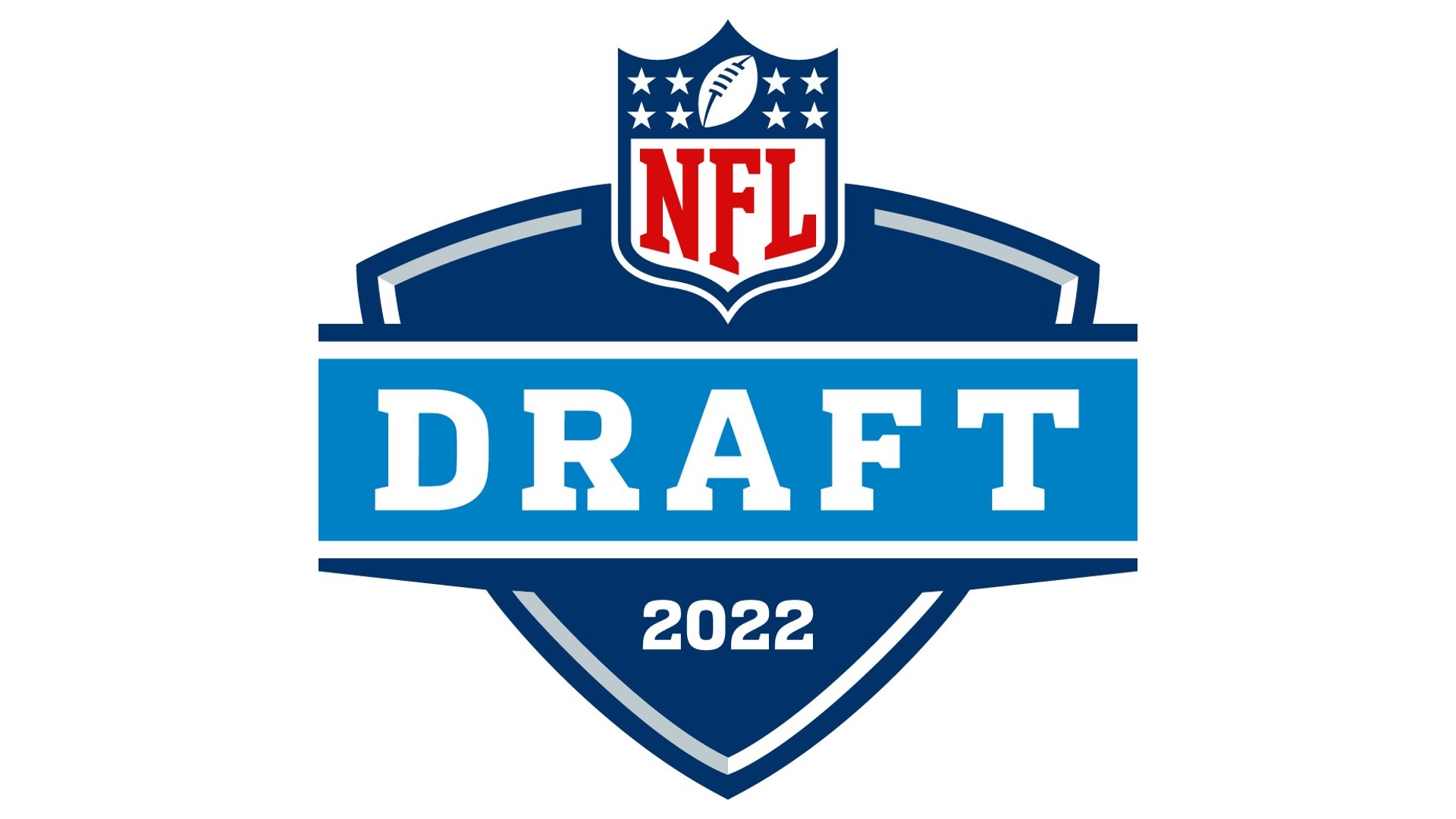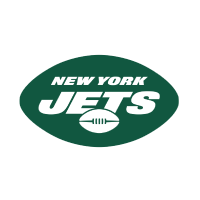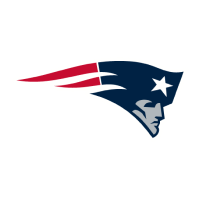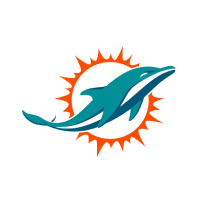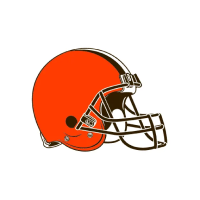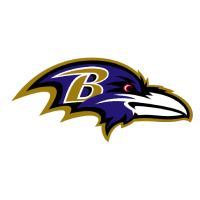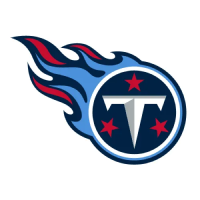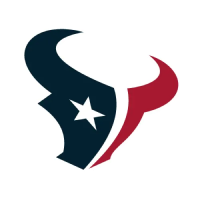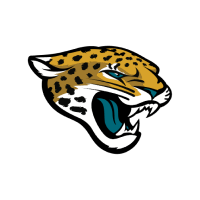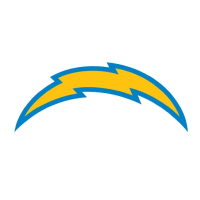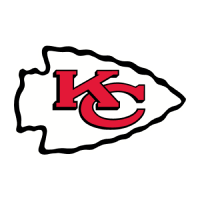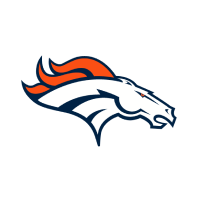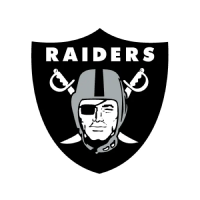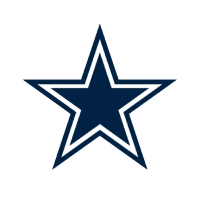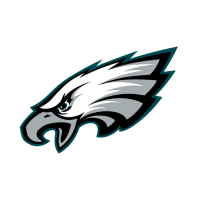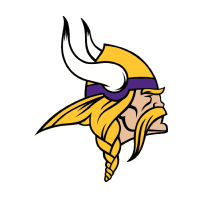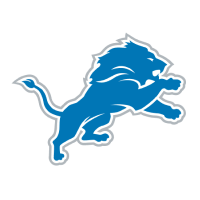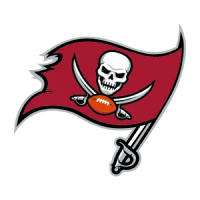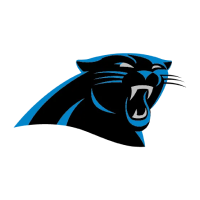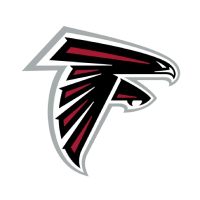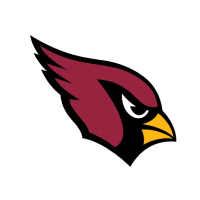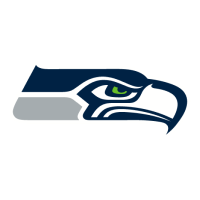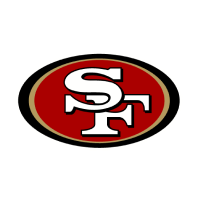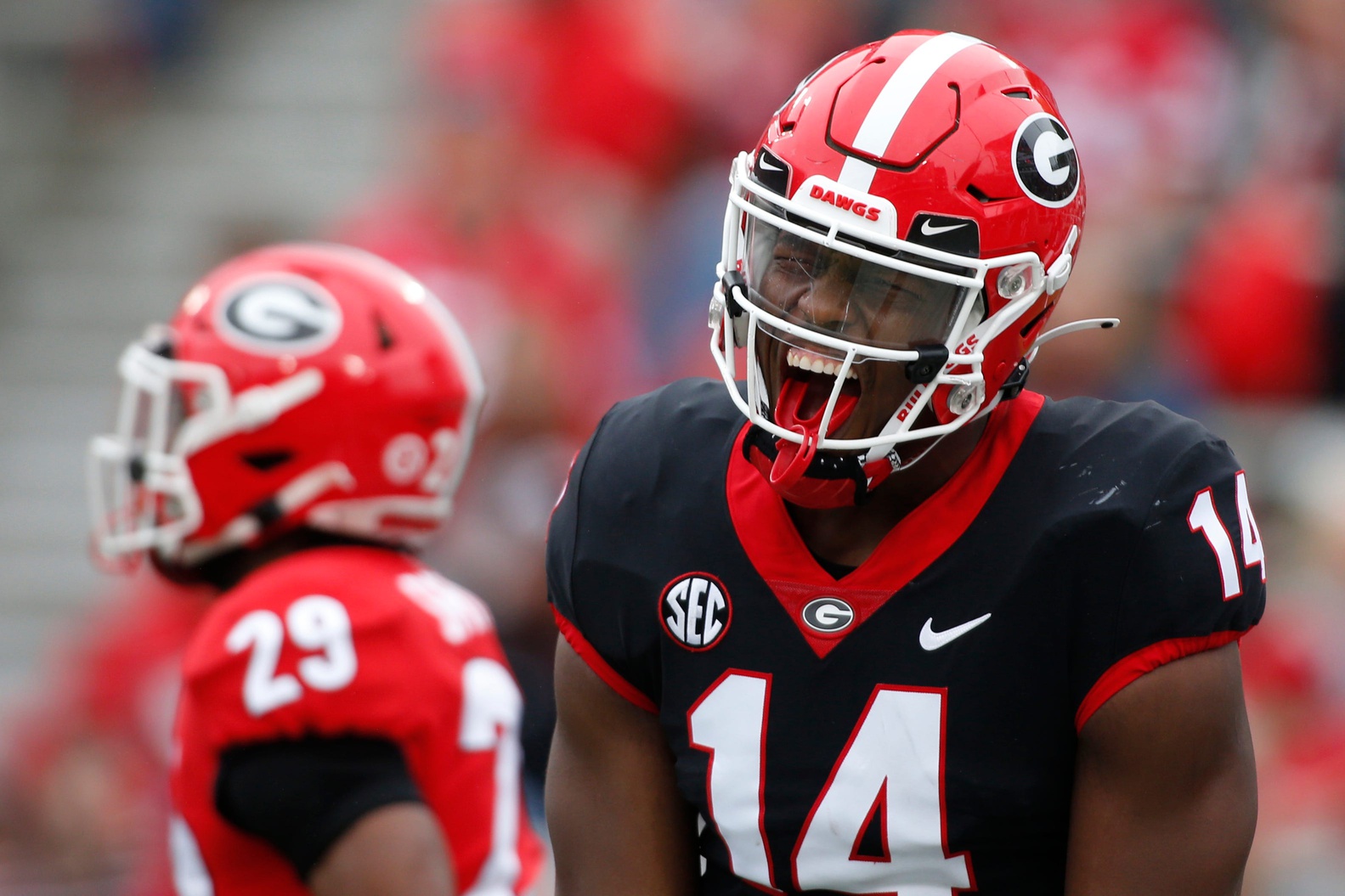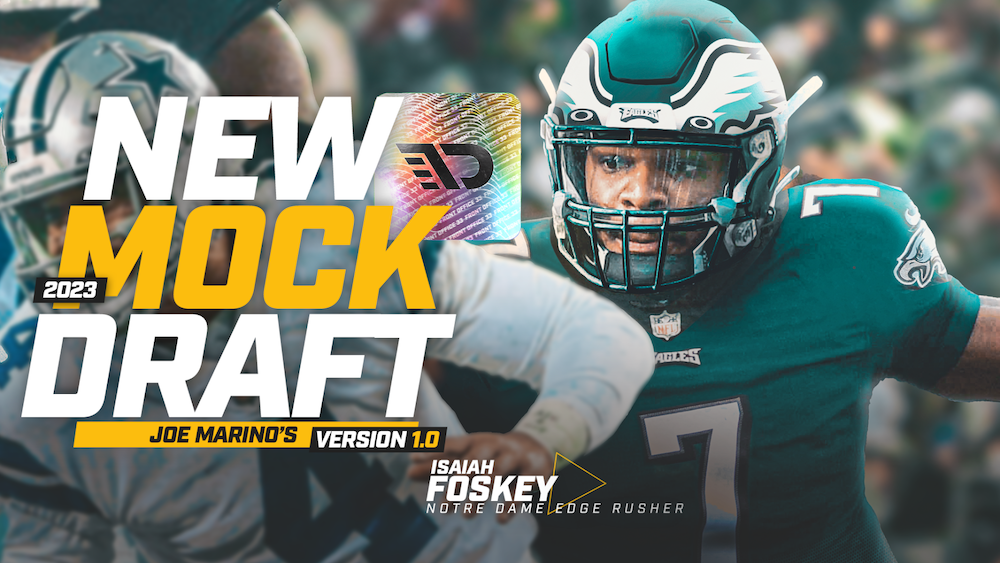The West Coast pro-style offense head coach David Shaw runs at Stanford is one that K.J. Costello describes as perhaps the most complex scheme that exists in college football today. And Davis Mills took over at the helm of it when Costello was limited to just five games in 2019 after suffering thumb and head injuries.
Between that season and an unprecedented 2020 season that saw Mills and the Cardinal play just five games, Mills completed 65.5% of his passes for 3,468 yards with a touchdown-to-interception ratio of 18-to-8.
Mills is grateful for the challenges presented to him by being faced with such an advanced scheme, and has already noticed what he’s reaping from it.
“I think it’s a huge advantage. Meeting with teams now, it’s nice going in and talking to coaches and talking ball and they’re basically explaining stuff about what they do at the next level and I’ve been doing that same thing for four years,” Mills said. “I think that makes transitioning to the next level a little bit easier with how much Stanford demands of its quarterback. I don’t think there’s another team in the country that puts as much on its plate as the Stanford quarterbacks have to deal with. In the long run, I think it’s super beneficial even though it took a little bit to learn on the front end.”
Outside of the mental capacity and dedication he has that came into play when he was learning to play quarterback at the college level in California, Davis is confident in what he brings to the table for a team.
“My leadership ability and my ability to win... I think Stanford did a really good job teaching me the ins and outs of football IQ, the mental side of football,” Mills said. “I think the coaching staff there put a lot on my plate running that Stanford offense where I needed to be prepared each and every week to run the offense at a high level, make pre-snap checks, handle protection—things in that realm. I believe I have all the traits necessary to help an NFL team. I’m confident in my arm strength, accuracy, anticipation, and I think I’m a lot more athletic than people give me credit for.”
The latter part is an area in which a lot of analysts have underestimated Mills. Quarterback trainer Tony Ballard, who has been working with Mills for several years, believes this mobility and ability to evade pressure are things people don’t notice enough about Mills.
“Things that separate him from everybody else, it has to be what’s above the shoulders,” Ballard said. “But he’s also a sneaky athletic guy.”
To be clear, Mills is no Lamar Jackson—nothing even close to that nature. He’s self-aware of that, but a quarterback should only be demanded to be so mobile if he has the proper supporting cast in place. After all, wide receivers and running backs are there for a reason and they have a job to do. But Mills has the mobility necessary to create space and buy some yardage with his legs if called up to do so.
“I’m not gonna go out there and run a 4.3,” Mills said. “I think I have the ability to maneuver the pocket and make small movements to basically buy some time in the pocket to allow myself to make plays downfield or to get the ball out to playmakers in space. But I don’t think in any case that I’m ever limited by my mobility or athleticism.”
Much of Mills not really getting to show his mobility is something that is a product of the way the Stanford offense operates. Quarterbacks are not often asked to take off. This is a concept Ballard elaborated upon.
“Watching college football, it seems like everybody kind of has that athletic quarterback. Stanford’s offense is not really built like that, it’s more about understanding protections and schemes and things of that nature,” Ballard said.
Lots of other teams run an RPO-type of offense that doesn’t resemble Shaw’s in many ways.
“They try to get their quarterback on the edge a little bit, but Stanford doesn’t do that. It’s more of a ‘hey, if he needs to get that four yards with his legs, he’ll make it happen,’” Ballard said. “Davis Mills could do that. But at the end of the day, he’s still got to be able to throw the ball from that pocket.”
Mills has made an effort in recent workouts to show what he can do in that aspect, going through exercises in which he was eluding the rusher, doing a 180-degree turn, setting, and then passing. All went well from that standpoint, and it’s because of that Mills ought to be viewed as a more well-rounded quarterback.
It’s true that Mills isn’t a flashy signal-caller, but it’s also true that flashiness is easy to get hung up on for the wrong reasons when analyzing quarterbacks. The 6-foot-4, 225-pounder has the foundation set for a quarterback ready to transition to the NFL level, and it’s because of this that his draft stock has steadily risen this offseason.
There are still some small things Mills is working on strictly as a passer. He says it’s only really at this point that he’s been able to take the time to really zero in on making those improvements.
“I have some really small, minute mechanical things with my throwing motion,” Mills said. “It’s nice being able to come look at myself throw because I really haven’t had the opportunity to tweak anything being at Stanford, because most of our time there is focused on the Stanford offense and improving as a team. It’s kind of nice to take a step away from that and be able to make those minor improvements to my throwing motion and game in that regard.”
You’ll notice that Mills uses the word “focused” there, and it’s one that Ballard thinks really defines him as a player. Ballard says Mills was not one to cave into the popular distractions like social media and other things that some players at the high school and college level do. It’s something he’s observed of Mills throughout his entire young life.
“He’s always gone about his business quietly,” Ballard said. He never was one of those guys who lived by social media.”
This mentality is also reflected in the way Mills handles himself on the field.
“In all the years I’ve known him and watched him play, I’ve never seen him once get rattled. I don’t think he’s ever been rattled,” Ballard said. “I think he thrives on competition, but he’s quiet about it. He won’t let you know it, but it’s something that just in him that will push him to a whole other level.”
Mills was the No. 1 quarterback in the nation coming out of Greater Atlanta Christian School, and he had a wealth of offers on the table. He could have gone practically anywhere, but he chose to go to one of America’s most academically rigorous institutions. To Ballard, this is a testament to Mills’ consciousness of the future and wanting the fullest out of life in general—regardless of what his journey may look like.
“He chose Stanford because 99% of kids who choose Stanford, they’re also looking at life a couple years down the line,” Ballard said. “It’s not about what’s going to happen right here today. Obviously, if you look at what David Shaw has done developing quarterbacks, if you go back and look at the history, there have been some very strong quarterbacks who have moved on from there to play in the NFL.”
Despite the fact he seems to be catching more national attention by the day, there’s no denying Mills is still an under-the-radar prospect. But people like Ballard couldn’t have any more confidence in Mills’ ability to thrive as he takes the next step.
“He didn’t have that many games to play at Stanford. Costello was there as the starter… Davis had an injury in high school and then when he got to Stanford, he had to wait his turn. I think he re-aggravated his injury his freshman year, and Stanford took its time getting him back on the field,” Ballard said.
Quarterback wins aren’t necessarily a stat to sell prospects on, but what Mills contributed to Stanford’s 4-2 season in 2020 was notable.
“He showed the world he can play. He can play at the next level given a valid opportunity to be that guy.”
Filed In
Related Articles
NFL Draft
Arik Gilbert Doesn’t Need Big Workload To Be A Top NFL Draft Pick
- Aug 22, 2022
NFL Draft
2023 NFL Mock Draft: Marino 1.0
- Aug 22, 2022
Written By
